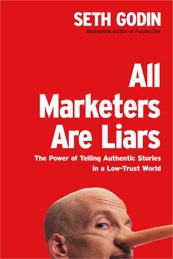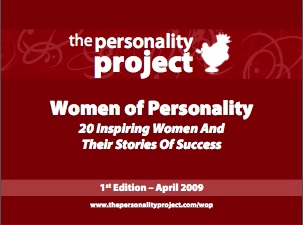See a photo of Paul and John, their bios, Part 1 of this Q&A,Part 2, Part 3, Part 4, Part 5, and Part 6.
Q&A with Paul Furiga and John Durante, Questions 13 and 14:
Q: What’s your favorite story about a transformation that came through a story or storytelling act?
A: The Southwest Airlines story is truly a story — in so many ways. One
of the great successes of the company, in our view, is that it has successfully told many stories that reflect its evolution as a start-up airline that its powerful and heavily regulated competitors tried to strangle at birth. Many people know, for example, that the airline’s stock symbol is LUV. Like so much else in Southwest’s history, there’s a real story behind that. Early on, competitors trying to kill Southwest arranged sweetheart legislation that forced Southwest to fly out of Dallas Love Field, and not the much bigger (and better-connected) Dallas-Forth Worth airport. As a symbol of its spunk and its story, when Southwest not only beat the odds and its competitors to become a public company, it took LUV as its stock symbol, a symbolic storyline nod to its roots at Love Field. We could give you many more Southwest examples, but you probably get the point.
Q: If you could share just one piece of storytelling with readers what would it be?
A: Current uses of social media have focused largely on the wizardry of content distribution and redistribution. But comparatively little attention has been placed on the authenticity of content or the credibility of the storyteller within the social media realm. This is dangerous and social media users, in our view, need to begin to incorporate these points into their use of that media. The flip side of this caution is that this is where the opportunity lies in this digital era — employing storytelling in new ways that take social media to new heights, and storytelling to new success.















